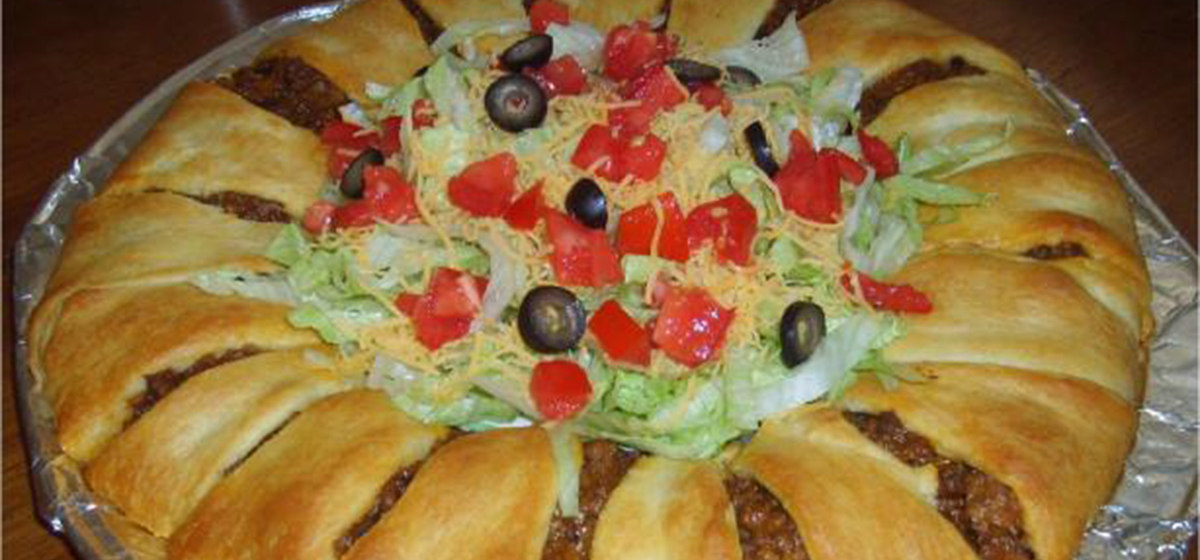
In 2004, I looked jaundiced and had no energy. My wife Anjie made me promise to see a family practitioner. That doctor’s appointment was the first of many. When I saw a hepatologist, I was diagnosed with cryptogenic cirrhosis. There is no treatment. A liver transplant is the only option, but your chances of getting a liver transplant are slim. Why waste a liver on someone whose body would probably just attack it, like it did the old one? If you have been diagnosed with cryptogenic cirrhosis, you become the low man on the totem pole of the transplant list. People who have cryptogenic cirrhosis live only two to five years and die a painful death.
I didn’t accept it. I had a beautiful wife and daughter and so many other things to live for. It was time to take matters into my own hands. I saw another hepatologist, and then another. I was tested five times for hepatitis, but the results were negative each time. Anjie and I spent hours scouring the Internet. We learned that cryptogenic cirrhosis is a wastebasket diagnosis—it’s what doctors say you have if they can’t diagnose you with anything else. We also learned there were two treatable liver diseases—both rare—that I had not been tested for. One was hemochromatosis; the other was Wilson’s disease. Those two diseases represented a tiny sliver of hope that I might not die of cryptogenic cirrhosis.
At about that time, my mother called me. The evening before, in an episode of House, Dr. House had diagnosed a patient with a rare but treatable liver disease, Wilson’s disease. People who have Wilson’s disease cannot purge copper from their bodies. About half of them have liver damage. Excess copper builds up and sometimes causes dark circles around the irises, called Kayser-Fleischer rings. If I had Kayser-Fleischer rings, it would confirm that I had Wilson’s disease, so I saw an ophthalmologist. He conducted a split-lamp test that would show Kayser-Fleischer rings, but it was negative.
 What did you do next?
What did you do next?I was disappointed, but I did not give up hope, because I knew that only about half of Wilson’s disease patients have Kayser-Fleischer rings. I decided to visit hepatologist number five. I arrived at his office with an inch-thick stack of medical records, and he asked if I had been tested for viral hepatitis. I pointed to my records and said, “Well, there are five of them. They pretty much confirm that I don’t have viral hepatitis.” Then I told him how I had discovered two illnesses that I had not been tested for, hemochromatosis and Wilson’s disease. He told me quite simply that I did not have either. Wilson’s affects only one in 30,000, and only about half of those peoples’ livers are affected. I’ve heard these diseases are so rare that many hepatologists go their entire careers without ever seeing a case of either one. The doctor told me—his words, not mine—that if I had either of those diseases, he’d eat his hat. I told him that he was going to test me, or I would find a doctor who would. He ordered the tests.
When the results came back, the doctor told me two things—I had tested positive for Wilson’s disease, and he needed to buy a hat. I was elated. It’s a strange world when you’re happy about being diagnosed with a terminal disease, but I knew that Wilson’s disease is treatable if it’s caught early. Anjie and I launched into action. I talked with Mary Graper, the president of wilsonsdisease.org. She told me a physician in Michigan, Dr. George Brewer, was currently doing a study of Wilson’s disease patients. I called his colleague, Dr. Fred Askari, and he invited me to Ann Arbor, Michigan to be qualified for the study. I was on a plane to Michigan the next day. I was retested, and the diagnosis was confirmed. I actually hugged Dr. Brewer, because I knew there was a possibility we had caught it early enough to treat it. I spent the next 30 days in the hospital for further testing and chelation to remove excess copper from my organs. To my knowledge, I was the oldest person in the study. I was 36. I returned to Michigan annually for four years to complete the study.
 Were the treatments effective?
Were the treatments effective?No. I finally had to come to grips with the truth; I hadn’t been diagnosed soon enough. My only hope was a liver transplant. The only good news was that a transplant would cure me.
I was still working, but I kept getting sicker. I lost energy, and my weight dropped. Because blood did not flow through my liver very well, my portal vein—the vein that goes from the heart to the liver—became engorged. It caused a hernia the size of a peach. My doctors were worried it could cause an emergency situation, so in the fall of 2011, they decided to repair it surgically.
A day or two after discharge, I was hospitalized again with a staph infection. I was treated with heavy doses of antibiotics, but I got worse. I developed ascites, a fluid buildup in the abdomen. The excess fluid is drained off by a procedure called paracentesis. Basically, the doctors stick a six-inch needle in your stomach and drain a yellowish fluid into bottles while you watch. I was already weak, and the infection and the ascites stressed my system even more. I went into kidney failure and, at one point, a nurse told Anjie I was dying. Anjie told her, “No he’s not! He’s very sick, but he will get a new liver.”
After 12 days, the doctors sent me home from the hospital in time for Thanksgiving. I was never hungry, and I slept most of the time. I was down to 204 pounds, which is pretty skinny for a guy who is six-foot-seven. I turned from yellow to orange, but Anjie never lost faith. Even Trinity encouraged me. One morning, she said, “It will be any day that you get that call.”
 You were waiting for a liver to become available?
You were waiting for a liver to become available?The liver transplant center gives priority to the sickest patients. They use the MELD score—Model for End-Stage Liver Disease. Zero is normal. A score between 6 and 50 is an indicator of life expectancy. High scores are bad. Mine was in the forties. I had no more than a month to live, but the high score also meant I was very high on the list for the next available liver.
On November 30, I got a call from the liver transplant center. They said they had an organ for me and asked me if I wanted it. I was a little confused and asked if there was anything wrong with it. After hearing it was healthy, I said, “Well, yes!” I called Anjie at work. No answer! I called again and again and finally got her. She rushed home and drove me to St. Luke’s Center for Liver Disease. It’s affiliated with Baylor College of Medicine, and I’m convinced it offers the best care in the world for liver disease patients.
 What was going through your mind?
What was going through your mind?We prayed for the family who had made the organ donation. It was humbling to think that for me to live, someone else had to die. I remember thinking the donor’s family had taken a terrible tragedy and turned it into a life-saving gift.
A day or two after my surgery, I had a reaction to a medication and had a seizure. As a precaution, I’d been intubated and immobilized. I woke up choking on a tube down my throat, shackled to the bed. I couldn’t move my hands to remove the tube. I’m claustrophobic, and it was a waking nightmare. I gagged and felt like I was choking to death, yet no one would help me. I was panicked. It happened again a few days later. I prayed God would take the fear and panic away. I didn’t see God; He didn’t talk to me, but I felt His presence. A peace came over me instantly. The fear didn’t go away, but I was at peace with it. I no longer felt like I was choking. It didn’t bother me anymore that I was tied down, and I no longer feared for my life. God had reached down and had given me that peace, safety, and security.
 And today you are alive and healthy!
And today you are alive and healthy!On December 12, 2011, I went home from the hospital. I continued to get better. I went back to my old job on April 2, 2012. Some of my co-workers told me that when I left three years before, they thought they’d never see me alive again.
I think faith had much to do with my survival. First, it was the faith that my family has in God. We also had faith in each other and a know-ledge—a knowing, a certainty—that I would make it until an organ became available. Don’t lose faith due to a horrible diagnosis. Seek answers and find those slivers of possibility. Use those slivers and the strength of faith to make it through. I know that God has a “to do” list for me. I don’t know how long that list is, but I will gladly take on every task He sets before me. Please, choose to be an organ donor.



